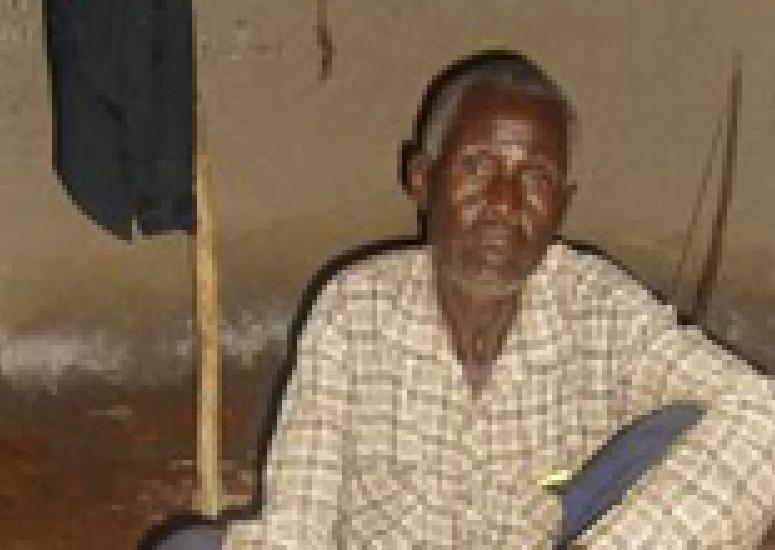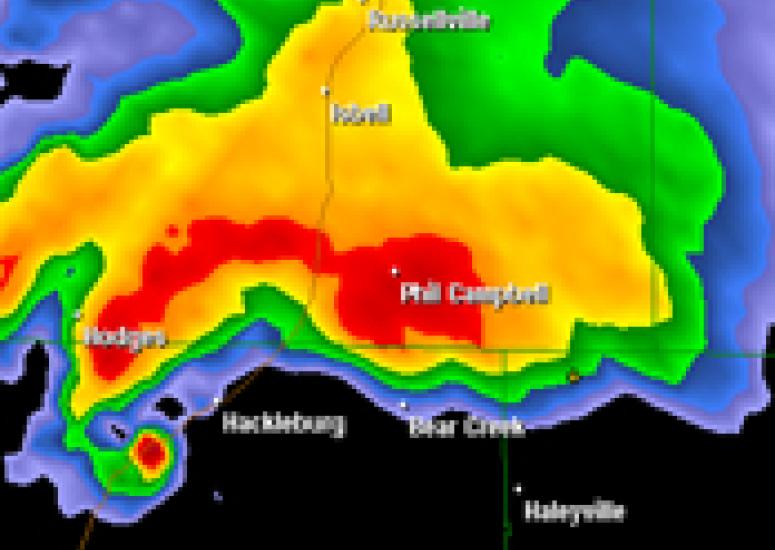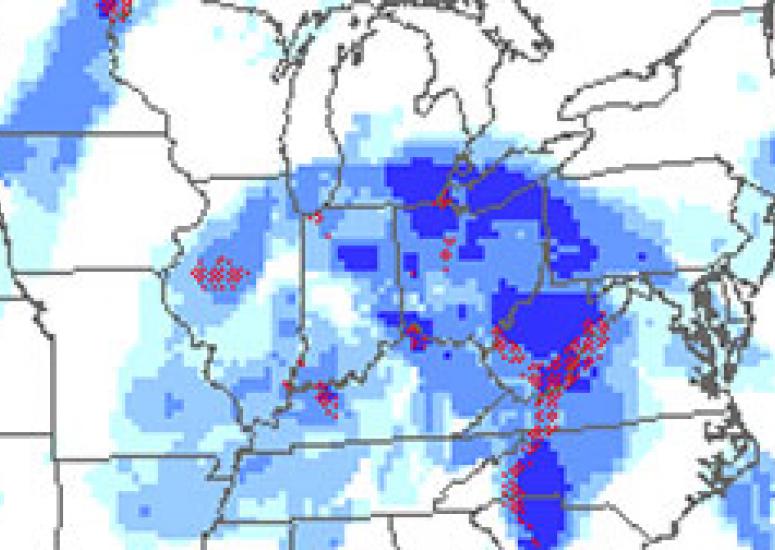-

From supercomputers to village healers: Health research takes scientists far afield
Andrew Monaghan used to spend his time analyzing mathematical models of climate change in Antarctica. Now the NCAR scientist sits down with traditional healers in remote villages in Uganda.
-

Recipe for calamity: The ingredients of a horrific tornado outbreak
How could a tornado outbreak kill more than 200 people? Several factors—meteorological, geographical, and sociological—came together in a rare and deadly way.
- Weather
-
Ozone recovery and greenhouse gases in the Southern Hemisphere
A new study looks at how the anticipated recovery of the ozone hole over Antarctica and simultaneous increase in greenhouse gas concentrations will combine to affect weather and climate in the Southern Hemisphere.
- Climate,
- Air Quality
-

Aviation safety: New computer tool forecasts icing hazards
FIP-Severity provides 12-hour icing forecasts to pilots and forecasters on the likelihood of encountering dangerous in-flight icing conditions.
- Weather
-
Interior Alaska: Subsistence hunting in a warming world
Alaska is among the fastest-warming places on Earth, with its interior region warming the most statewide. A study by NCAR’s Shannon McNeeley looks at the vulnerability to climate change of native rural communities.
- Climate
